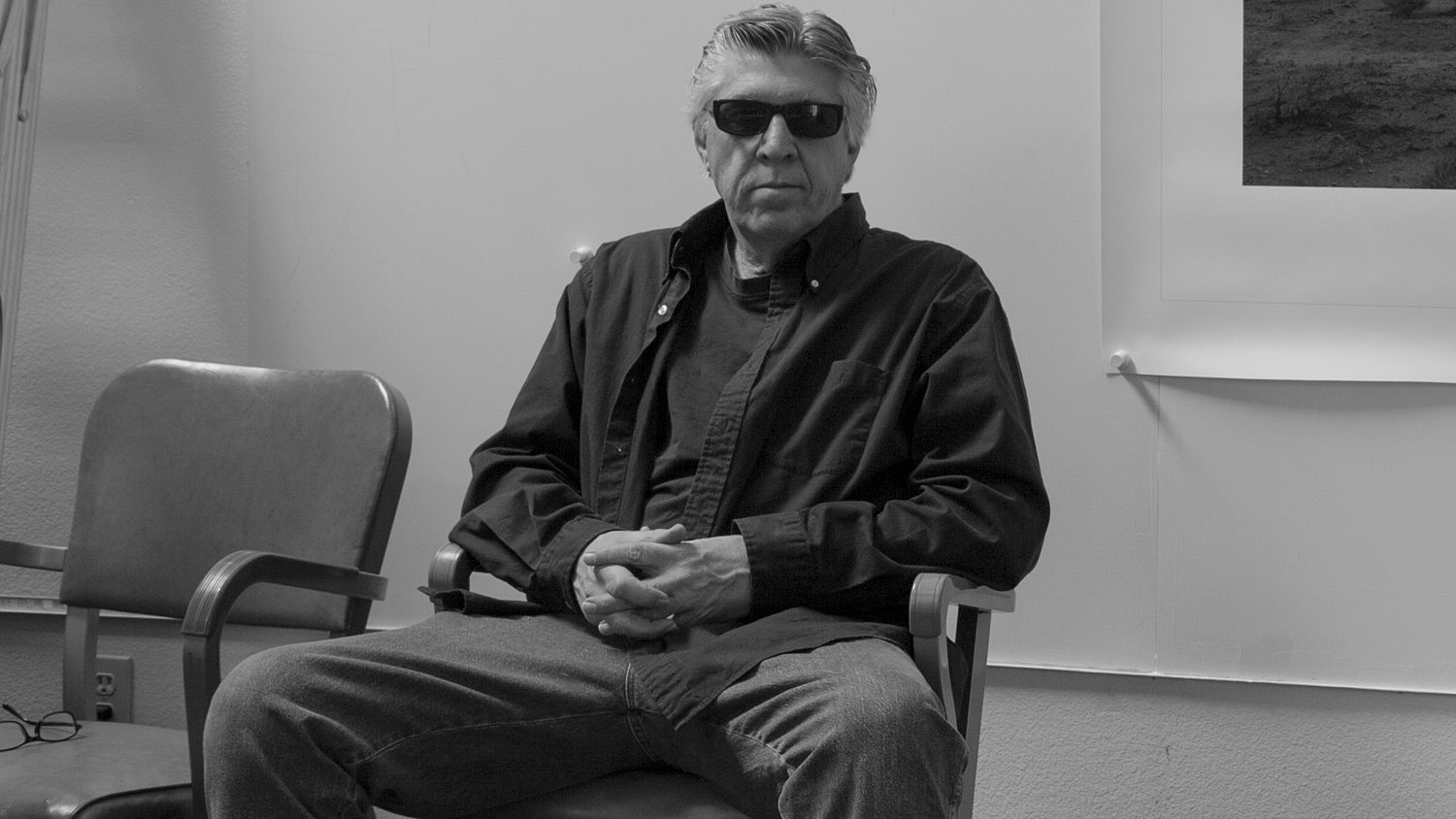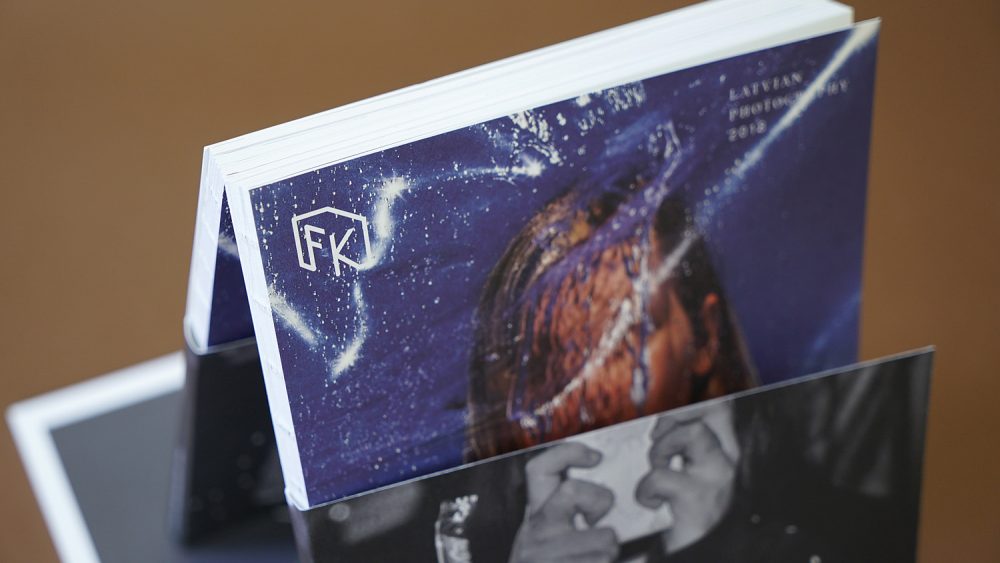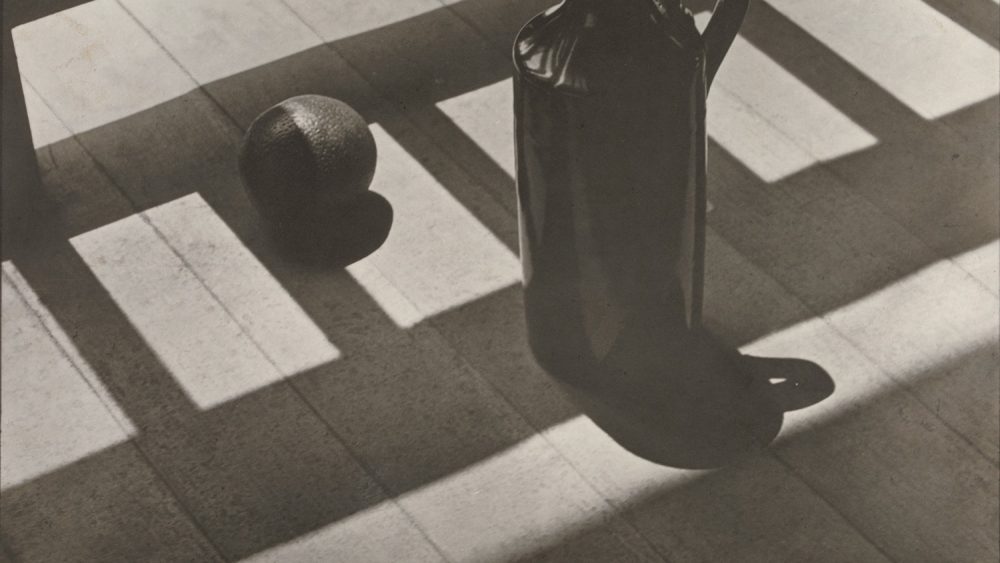Interview with John Divola
This spring the UK based photobook publisher MACK is releasing Vandalism — pioneering work by California artist John Divola (1949). Created between 1974 and 1975, Vandalism is a series that Divola shot in abandoned houses around Los Angeles. Coalescing photography, painting, installation, and performance art, the work plays with the often arbitrary borders between different genres while also offering a stunning visual experience, an aesthetic that seems to have not lost any of its edge over the last 40 years.
Divola still lives and works in the Los Angeles area. While he continues to develop his artistic practice (thoroughly archived and accessible on his website — a visit is highly recommended), Divola also teaches at University of California, Riverside.
You’ve talked about how the idea for the title for Vandalism actually came from a transgressive attitude towards a certain tradition in art, rather than just thinking about the act of vandalizing a physical space. Can you talk about a little bit about what initially inspired you to make that work and what it means to you now?
It’s a lot of different questions. In terms of the title — I started out as a photography person. In that period of time photography was very compartmentalized and separate from the general art world. It had its own dialogue and history, and [the two] didn’t cross-fertilize very much. In the photography world it was a period of time when indexical authenticity was very highly valued, to the point where people would file out their negative carriers and print the black border around the image to make sure that it was the entire image and it wasn’t cropped. If someone would go in front of the camera and move a candy wrapper or something out of the way, it would some-how [become] suspect or make it less authentic. So in terms of vandalizing a tradition, that’s what I was thinking of—the work was transgressive in relation to that approach.
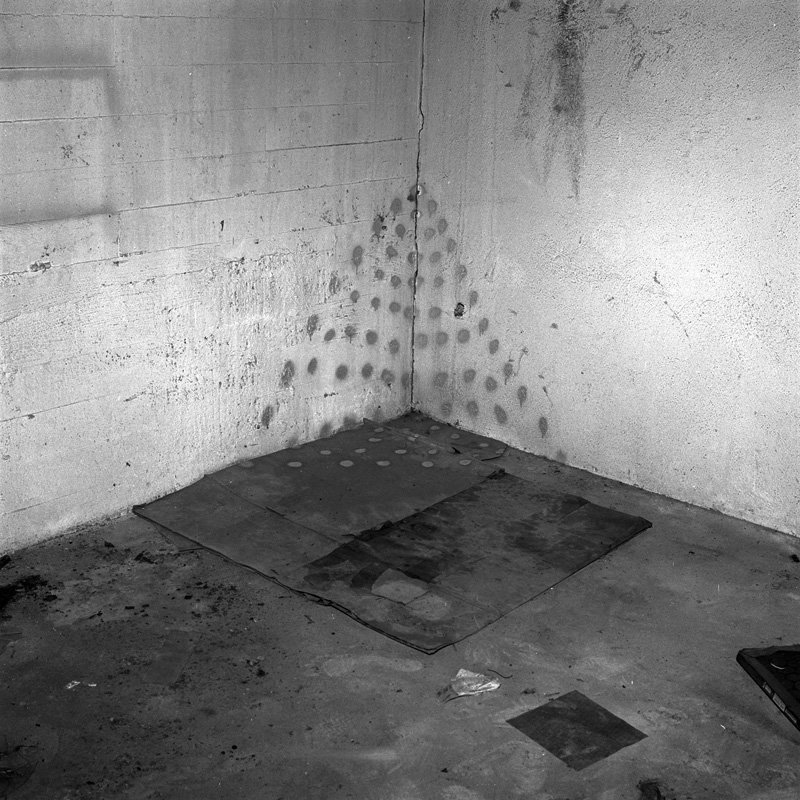
Now, why I did it is an entirely different set of questions which have multiple answers. The first one is context — I was out here in California, and at that time we didn’t have any museums to speak of and not that much original art. Cal State Northridge, where I went to undergrad, was very photo-based. In graduate school I was gradually exposed not just to the history of photography, but art in general. As there were no real museums to go to, I was experiencing all of it through reproductions; I wasn’t seeing the original artworks. At that point it just seemed that photography was the master collator of all art — that all art was essentially props in relation to a subsequent re-representation and communication of art information. And, thus, it didn’t make any sense to me that I should worry about an original because if I wanted to enter that discourse, it was the image that mattered.
So, that’s the highfalutin retrospective thing, but in practical terms it’s always opportunity and circumstance. One thing was that prior to that body of work, I was working out of this sort of photographic tradition — I was photographing women watering lawns and houses and bushes in the San Fernando valley. It was coming out of the social landscape photography kind of vocabulary but when I was doing it, it was always the process that I appreciated. I appreciated that when I would leave the house, I would move through this environment and I would come back with this set of imprints and that was the artwork. But I was frustrated that the images were always read as some sort of commentary on that social landscape rather than an artifact of my engagement with it. And looking back at it now I’m interested in that work in terms of documen-tary because it gets more interesting the further it recedes into history. At the time, I wasn’t addressing that at all but that was the only way people wanted to look at it. There was no way for them to access the idea of my process.
The Vandalism series solved that, as it was inevitable that I intervene in front of the camera — my engagement was literal as well as figurative. Just really the way it happened was, paraphrasing one of my favorite quotes, when there’s a significant discovery, it’s usually not the utterance ‘eureka’ that follows it, it’s usually, ‘gee, that’s funny.’ Meaning that you’re usually trying to do one thing and then something else happens. That’s exactly my case. I was photographing silver butane tanks and when I would print them, they would look kind of remarkable as silver prints because silver is something different than ink on paper. That was this sort of ‘gee, that’s funny’ sort of an observation. I didn’t think that when I saw a silver butane tank but it happened when I made the print.
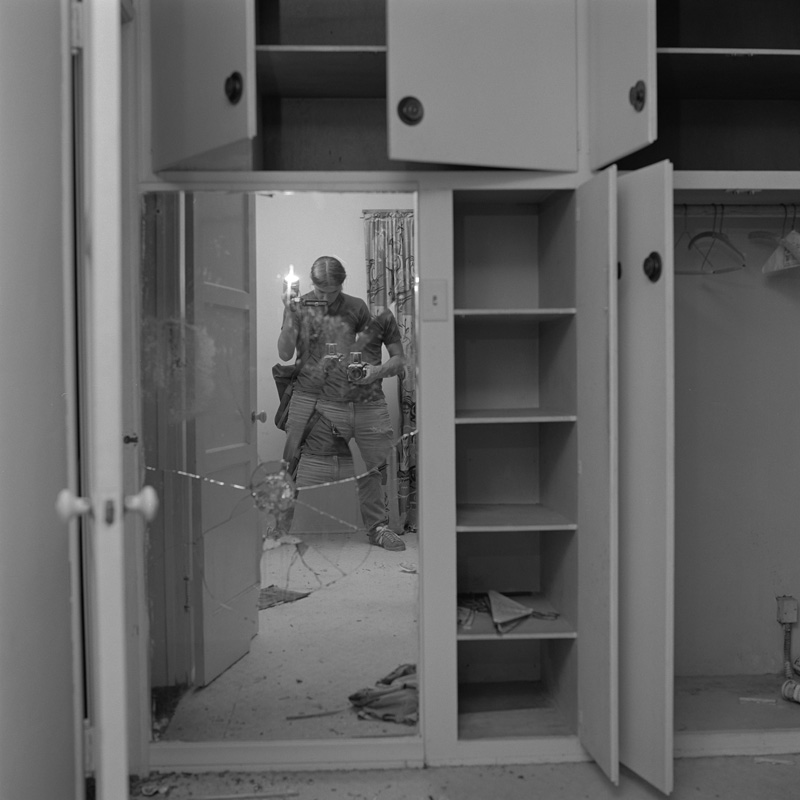
Then I realized that I could just buy silver paint and I could paint anything I want silver. Looking for places to paint silver, that’s how I found myself in abandoned houses. That was when certain opportunities presented themselves, like, oh, there is a corner, it’s three dimensional, the print is going to be two dimensional, maybe, I can put a grid of images across it, it will kind of flatten out and be two dimensional. At that point I got kind of analytic about it—that [the photograph] is an allusion to time, place, and circumstance, it’s an allusion to three dimensionality but it’s two dimensional.
It’s like we said, when you ask somebody why they did something or talk about their work, basically, they formulated a theory to fit the evidence in retrospect. It’s not that they thought these things prior and instituted the work out of these observations, it’s rather that they worked in a much sloppier and intuitive way and then retrospectively they formulated a theory that fits the evidence. But doing that changes your perspective looking forward to new things.
It’s interesting what you said about “all art being fabricated to be photographed”. This seems like a relevant insight also nowadays — the capitalist realm of the art world is one of the reasons why something like installation shots become so important, but also just thinking about the way that social media imagery seems to blend in with our sense of reality.
Right. I couldn’t have imagined. I don’t think Marshall McLuhan knew how right he was. He would have been stunned.
At the same time, the way you described your process of making these images, there seems to have been a lot of serendipity to it.
Yes, they’re totally observational. Even though I was marking, I wasn’t making a composition, I was simply activating or intervening in terms of what was already there. They are as observational as any sort of photographs. I’m not interested in what I painted separate from what was there, it’s in relation to that.

And the buildings themselves would change over the time period you were photographing them.
Yes, or I would come back weeks later and there would be a part of my photograph, but somebody else would have done something to it, or some new object would be in front of what I had done. Then I might do some more painting on top of that, so, you know, often I would become kind of a fact of the space.
I find it fascinating that aesthetically the imagery seems so contemporary. I even found a Vice article “John Divola’s Artistic Vandalism Is Still Fresh After 40 Years”.
Well, yes, I’m not sure what to make of that. I’m not sure what constitutes fresh or exhausted, dated.
MACK Books is releasing Vandalism this year. Except for Three Acts, published by Aperture in 2006, which also includes the Zuma series and the Los Angeles International Airport Noise Abatement series, it hasn’t been published as a stand-alone book before. How does it feel to publish it now?
It’s great. Even though I’ve done books, it’s not central to my thinking and concerns so I’m not as attached to them. Now is like the golden age of photobooks and who would have thought that something as antiquated as a hardbound book would have this sort of renaissance. I mostly think of myself as making archives of images, and I’m pleased when they end up being books or exhibitions, but I don’t think of that as the justification of the work. I’m totally delighted to have it, but I don’t tend to spend that much time thinking about the fact that there is only one possible sequence for these images. None of that means a whole lot to me but the idea that someone could hold it in their hand and look at it, that it’s material, is really nice, but also counter to my position in a funny way.
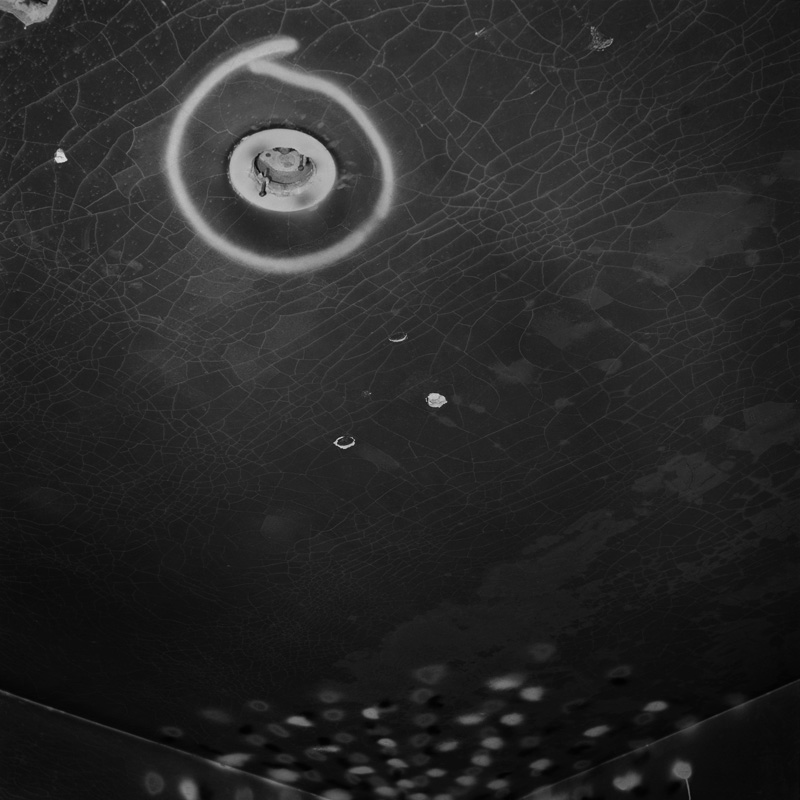
Speaking about archives of images, your website is very thorough.
Yes, for that very reason. I think of it as a sort of research site not as a promotional place.
I think that’s cool. A lot of artists of your level don’t even have a website.
It’s smart not to do what I do. It really is.
Because there’s more mystery that way?
Well, if you give people too many choices, it just confuses them and they lose interest. That’s a reality — they’ve done all of these tests where they go to a farmers’ market and take the same jam, but have one booth with 12 kinds of jam, and another one with 30. They sell three times as much in the booth with 12 because you can only cope with a certain number of choices, right? And the same goes for art — if you’re interested in selling work, you really want to give people a limited number of choices. But that’s counter to what my interest is.
You spoke about the work growing out of a tradition of “straight photography”, while now conceptual photography seems to be more at the forefront. You also teach at an art school — what do you think are interesting issues to tackle today?
If I were a young artist, I would be interested in the Internet. I would be interested in image harvesting, in the sociology of representation, but it’s too late for me, I can’t do that. It’s funny, now there is an awful lot of work where people are intervening in front of the camera and primarily in the studio, and the funny thing is that I’m antiquated to some degree, because I’m still interested in indexicality. I’m interested in time, place, and circumstance — that I’ve gone out to the world in a certain time and place and that these things are artifacts of an actual engagement with the world. Whereas a vast majority of my students and people of a younger generation have very little interest in that. Their worlds are these free flowing signifiers and images, and they very rarely ask “where was that, when was that shot?” It’s iconography. So, I’m old school — even though I’m working in a way that is similar, my interests are not exactly like a lot of [interests of] people who are working now and interested in generating iconography, and not really interested in it being an artifact of an indexical circumstance.
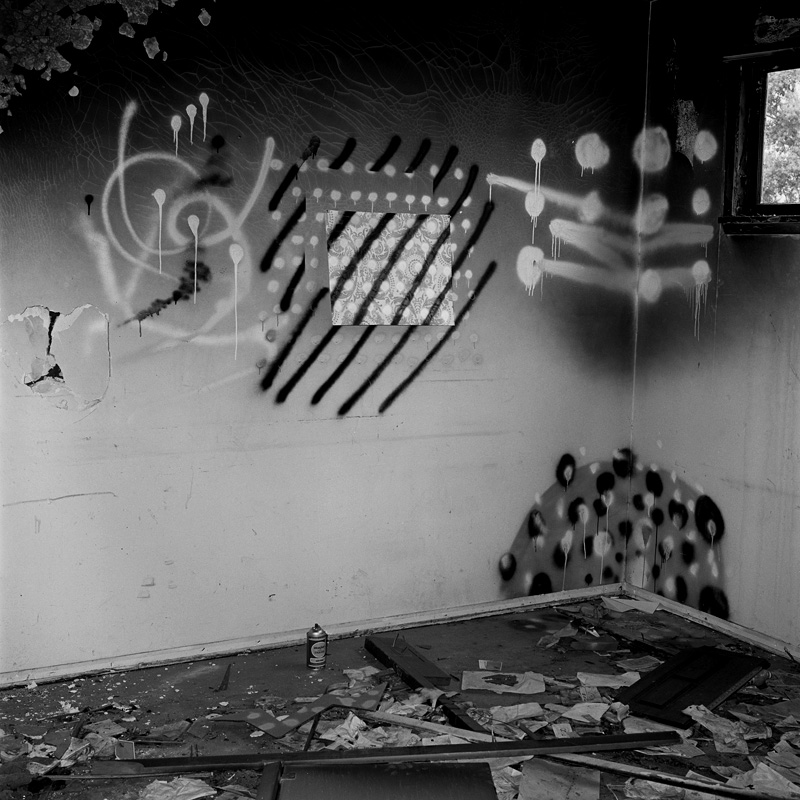
One of my professors was talking about how the semiotics of photography has changed with the shift from the analogue to the digital. A photograph used to be light directly imprinted on film, while now it’s 0s and 1s — just a code.
I’m on two binds on that. In one sense the indexical chain is obviously broken. Prior to that you could argue that a photograph was a piece of physical evidence — there is a chain of physical causality that is unbroken even though you can forge it. And now it’s broken. But it’s not that it’s not analogue, that the light doesn’t fall on that sensor, because at that point it is analogue, and then it’s transformed into 0s and 1s. But all that changes is the significance in the chain of custody. It’s not as though it erases the authority of the photographic completely, it just changes the responsibility in the chain of the transfer of information. I’m not of the mind that simply because something is digital, all bets are off.
Are you working on something now?
I am. I’m just finishing up — and it’s on my website — this project I’ve been working on for the last two years of the George Air Force Base in Victorville. It was kind of a cold war airbase; the architect A Quincy Jones designed all the housing, and I think in 1992 they closed the base even though the runways are still there. It was a logistic airport for the city of Victorville, but the housing areas have just sat out there in the desert since 1992, so I worked in there for a little over two years photographing. Some are paintings inside of the rooms, some are observational photographs of the area. I actually have five different bodies of work I have generated, and I’m just dealing with the data at the moment, trying to figure out how to make artwork out of it. I had to stop going because I just had too much.
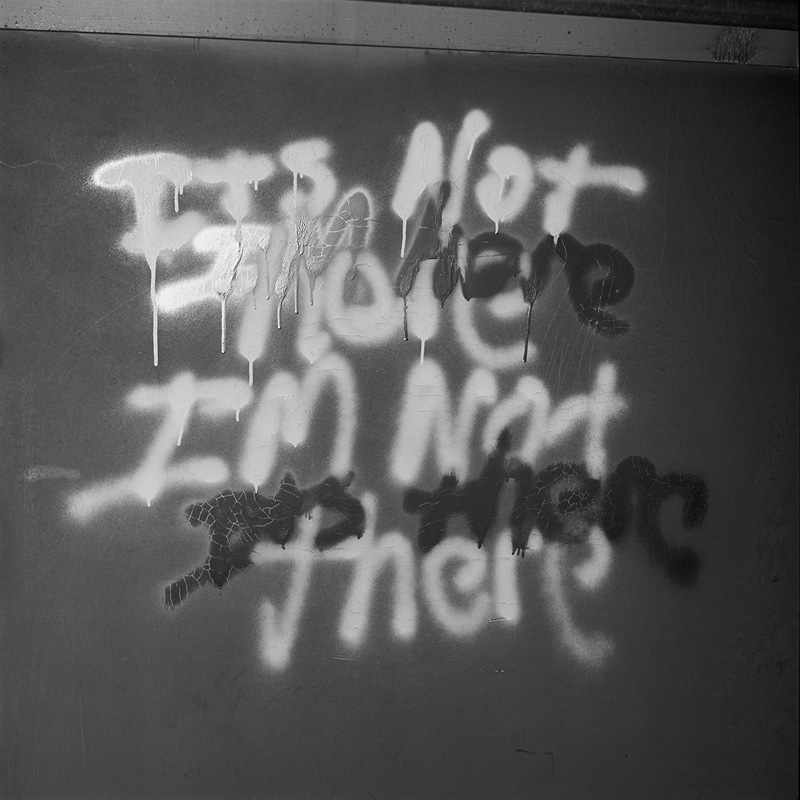
What would be your advice for young artists nowadays (besides trying to work with the Internet)?
I think that [it] is entirely different now from when I was making the decision that I wanted to be an artist — I don’t know if I ever made that decision; I think I was interested in photography and it just happened. But [at the time] there was absolutely no expectation that I would make a living out of it. I was profoundly interested in it in a way someone might be profoundly interested in philosophy. So, you don’t go to study philosophy in grad school because you think you’re going to make a lot of money as a philosopher. You have to be almost irrationally interested in the subject to justify doing it. And I would say it’s the same for art — you have to have an absolutely irrational depth of interest in the doing of it for the sake of doing it.
For me art was the way I could have some sort of authentic experiential engagement with the world or the heightening of it. That was my motivation. I just lucked out that I actually make a living out of it now, and it’s ok. But if I hadn’t, it would have been ok, because I had no expectation otherwise.
I’d say it’s the same — there are periods of time when people are going to make a lot of money, and when nobody is going to make any money, and that things that seem central now are going to be completely non-central. There’s no predicting how any of that goes, and it’s not a lifestyle thing — you don’t pick it because you get to wear black and get up late.
That’s the fundamental piece of advice I have, and then out of that it’s the same advice as for anything else. My daughter just went off to college, and the advice I gave her was to find the thing that you’re so interested in, that your subconscious is working on it, that you are enthusiastic about it. As an artist, that’s the only way you can possibly maintain. When you’re in school, everybody is interested in what you are doing. As soon as you get out, nobody is interested, right? You can find six friends that are interested, but if I would start walking from here towards the ocean and knock on doors all the way to there, 70 miles away, I probably wouldn’t find anybody that is interested in what I’m interested in. An internal self-sustaining driving interest [is necessary], and you’ll be successful. That’s actually the difference I see in students. It’s not that actually somebody had great virtuosity, that they were the most clever person or the most skilled. It’s the depth of their interest in the subject that really defines and differentiates who is successful and who is not successful. And you have to talk yourself into that, you have to maintain that — it’s not automatic. Give up the stuff that’s not keeping you interested and move to something that is, even though sometimes it’s hard to let go of something you’ve invested a certain amount of time in.
___
This article has been made possible by a support from the US Embassy in Latvia
